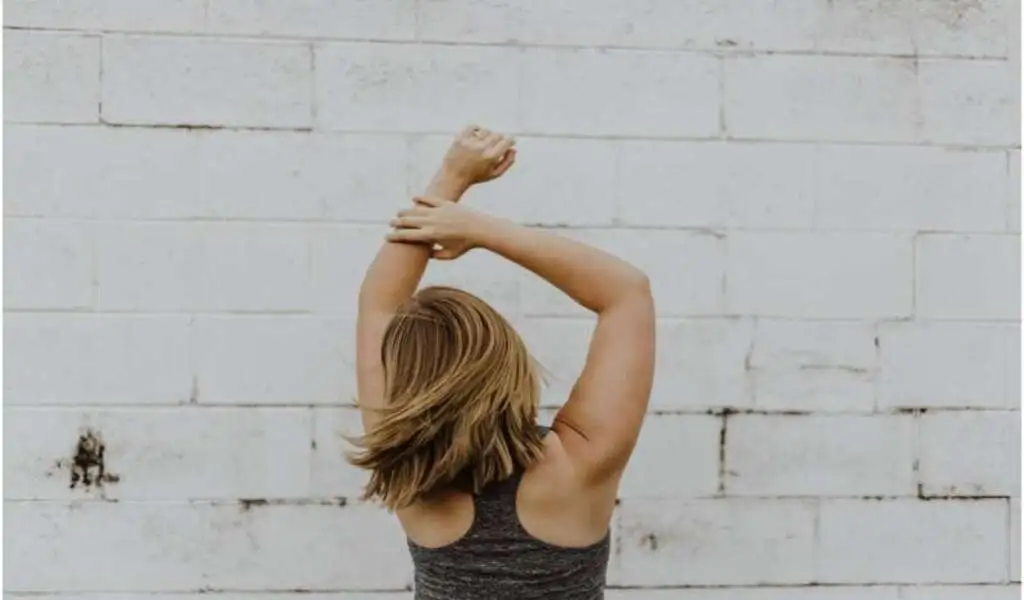(CTN News) – Researchers from the University of Saskatchewan (USask) recently found that reconstructive surgery after breast cancer treatment improved arm and shoulder function.
This study may improve post-surgery rehabilitation methods, or even influence the type of reconstructive surgery breast cancer survivors undergo.
The paper was co-authored by Angelica Lang (Ph.D.) and Soo Kim (Ph.D.), both from the University of Saskatchewan’s College of Medicine.
Lang, an assistant professor in the college’s Canadian Center for Health and Safety in Agriculture (CCHSA), and Kim, a professor in the school’s School of Rehabilitation Science (SRS), examined 95 Saskatchewan women’s motion and functional abilities.
Twenty-five of these patients were in the control group, 25 had received a mastectomy only, and 45 had received one of three types of reconstruction surgery.
“Women with breast reconstructions showed different movement patterns from those without,” Lang said.
It is critical to understand these changes in order to restore shoulder function after breast cancer surgery. They can affect functional abilities such as reaching and lifting.
Participants wore reflective markers on their torsos and arms and performed a series of tasks while being monitored by specialized equipment.
Lang, Kim, and their team found that women who underwent breast reconstruction, using one of three common procedures, used their shoulder and arm muscles differently than women who did not have breast cancer or who underwent mastectomy alone.
During the testing, upper limb functionality was assessed using a variety of tasks. Several tests showed lower functionality scores for those who underwent reconstruction.
After reconstructive surgery, patients with breast cancer display body motion alterations that may contribute to decreased functional performance and shoulder instability, according to the study’s authors.
Lang hopes that this research will improve the quality of life for breast cancer survivors. By identifying and acknowledging the challenges they face after surgery, we hope to better rehabilitate their shoulder function.”
Although most breast cancer survivors are of working age, there have been no published studies on their shoulder kinematics after reconstructive surgery when performing work-related functions.
In addition to restoring movement and strength to breast cancer patients with targeted shoulder rehabilitation programs,
This study’s findings could also improve long-term quality of life for women who work in reaching or overhead positions and prevent future injuries such as rotator cuff tears.
SEE ALSO:
According to CDC Report, Monkeypox Has ‘Tragic’ Outcomes For HIV Patients






